SoundCheck: Le Poisson Rouge — Managing Fast Musical Workflow
As they raise a pint fresh from the tap, even the most seasoned audio engineer may not notice the complexities of keeping a music-first nightclub humming. When things move as efficiently as they do at Le Poisson Rouge in NYC’s Greenwich Village, the work that goes on behind the scenes is even easier to overlook.
Endowed with recording studio-level acoustics, a 5.1 surround sound system, and flexible staging, Le Poisson Rouge (LPR) has stood out as an audiophile’s night spot since it opened in 2008. But moving the adventurous lineup of live music along at this 12,300 sq. ft. duplex complex means more than just repeating “Check one two” into the mics.
For Richie Clarke, who’s been LPR’s Technical Director since 2009, maintaining seamless operations at this NYC hotspot is more like overseeing an airport than a club. “We can do two shows a night, seven days a week,” Clarke says. “You need to do a lot of advance coordination to make sure everything keeps running. You have to make a system that kind of works like an airline, so the plane stays in the air.”
Designed by recording studio architect John Storyk of Walters-Storyk Design Group, LPR was meant to accommodate a very wide variety of music and performances from the start. The club’s founders, David Handler and Justin Kantor, envisioned the space – formerly the famed Village Gate – as a 21st Century Cabaret that would accurately present classical, indie rock, electronic, jazz, blues, World music, singer/songwriters, and avant garde for starters.
Ballet, opera, plays and every other live kind of entertainment is regularly welcomed at the club as well. But as anyone who has been there on a busy night can attest, the best thing that comes into LPR every night is the crowd – a positive vibe almost always pervades, with the clean and powerful sound system giving music lovers plenty to sink their ears into.
Managing a Major Hub
Come downstairs into LPR early, and you’ll first encounter the smaller Gallery performance area, an intimate lounge and bar perfect for a DJ or a compact live artist. When it gets closer to show time, the doors open up to the 3900 sq. ft. Main Space, a highly versatile room that can accommodate 700 standing or 250 fully seated.
In addition to a fixed corner stage, there is a portable 16’ round stage that can be set up on the floor for a theater-in-the-round. An upstage cinema-scale projection screen can enhance the visuals, but even better is what it’s paired with: A 5.4 Surround sound system comprising over thirty self-powered Meyer Sound speakers, processed via two Meyer Sound Galileo 616 System Processors and six Yamaha DMEs.
The result is a room with maximum flexibility for everyone from the stagehands to the FOH mixer, who can easily switch between different stereo and surround setups, depending on the program material.
With so many possibilities, making sense of it is essential to ensuring that each day’s performance schedule goes off without a hitch. “The top priority is communication,” says Clarke. “That goes for everyone including the music bookers, the artists, and the tour production managers of all these different events.
“Once we have that, we look at the second priority, which is schedule, and make sure all the things that people aspire to do is actually possible with the time we have. That means making sure the gear requested will be there when needed, that it will be out of the way for the next event, and that it will be back when needed again.”
Fast Transformations
From local artists to international touring acts, word got around that LPR is a desirable place to play. Just a small sample of who’s played there includes A Camp, Afrika Bambaataa, Bill Laswell, Calder String Quartet, Debbie Harry, Deerhoof, Florence & the Machine, John Zorn, Laurie Anderson, Matt & Kim, Medeski Martin & Wood, Moby, Mos Def, Norah Jones, Philip Glass, Raekwon, Salman Rusdhie, School of Seven Bells, Sleigh Bells, Steve Reich, They Might Be Giants and Tortoise.
When things get really interesting is when the Main Room has to go from the corner stage configuration to the theater-in-the-round, and/or back again. “That was important to the original concept,” Clarke says. “The founders really wanted to do something special, and they felt that being able to do shows in the round would create a certain intimacy and experience which would be hard to replicate.”
Clarke and his crew only need 90 minutes to do a safe and thorough switch from corner stage to center stage. First, speakers are re-rigged into the grid. Next, the center stage, made of three individual sections, is pulled out from below the corner stage where it lives. Then wiring is run through a conduit below LPR’s 23’ diameter hardwood sprung dance floor. If need be, the club’s Yamaha DS6M 7’ concert grand piano is loaded on (a job that requires a 14-foot ramp up to the stage and at least three people), after which monitors and additional tie lines are connected.
“The switch is a sight to behold,” grins Clarke. “You’re in the main room, and 90 minutes later you see something completely different. It never gets old for me – like a miracle happening every day. Some switches are more extreme than others, and it’s a team effort: Everyone from the bussers to the managers to the production team knows what part they need to play to move it along, and it all happens.”
The aforementioned monitor re-rigging results in an entirely different sound system for LPR’s center stage configuration, based on a mono ring formation with lower and upper rings. Subwoofers are attached beneath center stage. Meanwhile, FOH moves the faders on an AVID VENUE D-Show Profile console with 48 inputs.
While Storyk is renowned for designing Jimi Hendrix’ Electric Lady Studios, not everyone is aware that he got the gig after the guitar great visited Storyk’s first commercial architecture project in 1968 – a SoHo nightclub called Cerebrum. Impressed by the aesthetic, Hendrix tracked down the then-22 year-old Storyk to design his signature studio that’s still running strong, just a few blocks from LPR.
Other live venue credits in Storyk’s portfolio today include NYC’s 54 Below and Rockwood Music Hall, as well as the recently completed Fenix in San Rafael, CA. Together with the comprehensive sound system, the room’s acoustic design works in harmony with the music, making listening a transparent and satisfying experience.
“The diversity of the programming called for a special design which they planned for from Day One,” Clarke comments. “Some people look at what we have in the room and say, ‘Wow, you have a lot of speakers everywhere.’ It may seem like overkill for a rock venue. But when it’s an opera that’s minimally amplified, it’s nice because it feels minimally amplified – yet you can hear it everywhere.”
True Surround on Demand
Keeping things sonically stimulating at LPR is the club’s readiness to play out a full 5.1 score on its surround system – a capability that indie filmmakers, composers, performance artists, and other multichannel mavens appreciate.
“For a film with a 5.1 score, for example, the plan goes into effect to be able to reproduce that feeling live, depending on where you’re sitting in the room,” Clarke says. “You make sure you have personnel that are familiar with that kind of mixing. Most of our engineers are.
“The Avid VENUE D-Show Profile is very versatile, and it sounds good. Being that we’re all digital, setting up is simply about pulling up the correct starting templates, and reconfiguring a couple of patches.”
Recognizing that the sound system will only perform impressively if good sound is going in, LPR maintains a well-equipped backline that includes the aforementioned Yamaha grand, a Gretsch custom maple drum kit, Fender amps, and Technics vinyl and Pioneer CD turntables. A recently updated Sennheiser mic package marks another evolution of the club’s front end.
“I come from a studio background, so I’ve always appreciated great microphones,” says Clarke. “Sennheiser has always been one of the best options, especially when it comes to classical music. I heard their 900 Series, and there was no going back.”
The commitment to high-caliber sound carriers over to the highly creative lights at LPR, where director of lighting, Jonathan Talley oversees a commensurate visual experience. “Lighting really helps to set the mood,” he observes. “It’s important to meet the breadth of performances we do with many different kinds of lights.
“If you used the same lighting for every show, it would cease to feel special,” he continues. “We need to support everything from rock to opera concepts. Our lights excel at both.”
Keeping Pace with Performance
The always-churning Washington Square Park is just a couple of blocks away, with Le Poisson Rouge a 21st Century reflection of the art heartbeat constantly pulsing downtown. At the center of this cultural hub is an eye for technical excellence, which in turn supports the rich tradition of performance innovation this storied neighborhood is known for.
“I see artists evolving, and their needs are evolving in terms of technology,” Richie Clarke says. “I want us to evolve in meeting their needs in the most effective way, and complementing them. There are a lot of artists that are utilizing iPads, for instance, in their performances – to read music, or to remote control MIDI devices as they walk around the stage or the entire venue. So we go out, learn what the latest tools are, and if there’s enough need to start integrating it, we’ll make it easier for an artist to use technology like that in our space.
“That’s the most important thing: You never know where the next necessity will come from. Keeping your eyes and your mind open is really important.”
— David Weiss
Please note: When you buy products through links on this page, we may earn an affiliate commission.







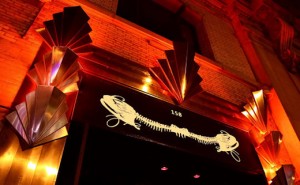
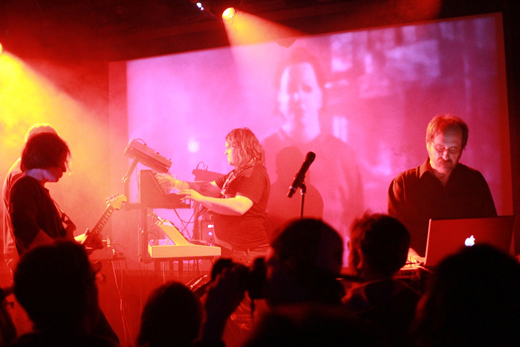

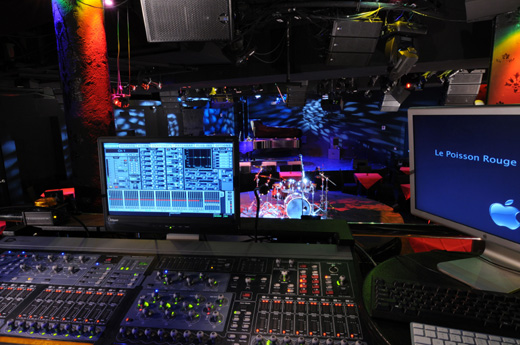
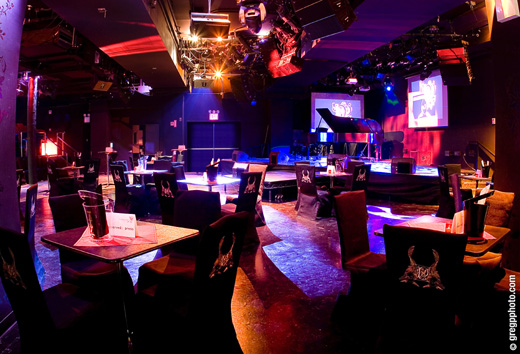
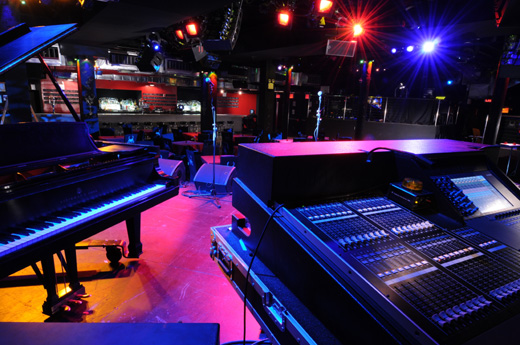
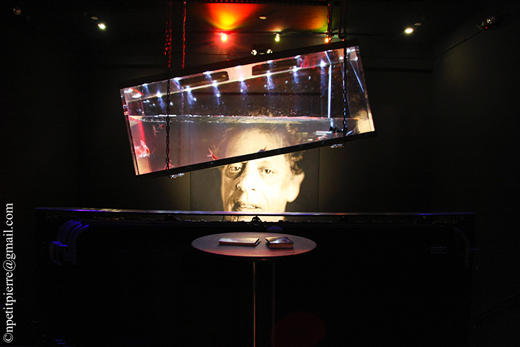
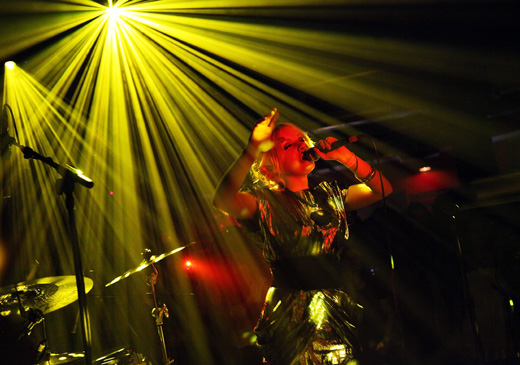

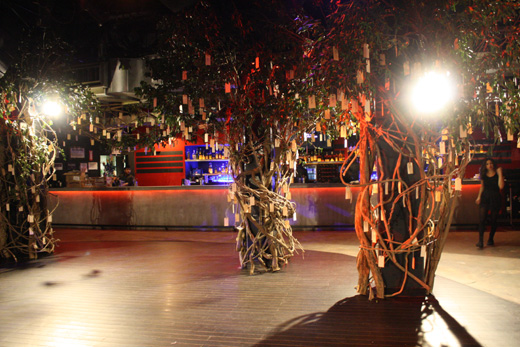
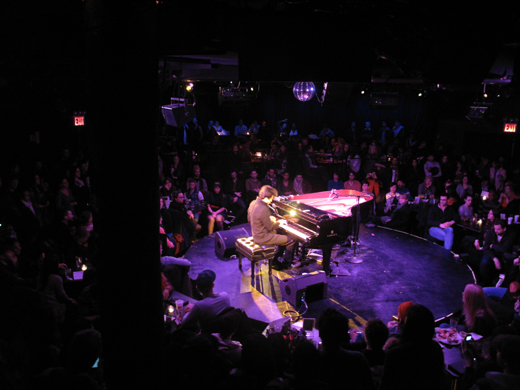
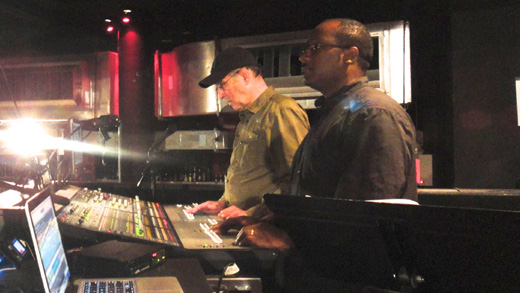
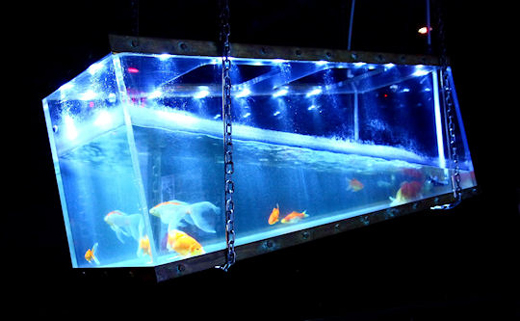
J.S
March 19, 2013 at 12:17 pm (12 years ago)Fantastic article on one of my favorite venues in NYC! Always a good time and great sound at LPR!